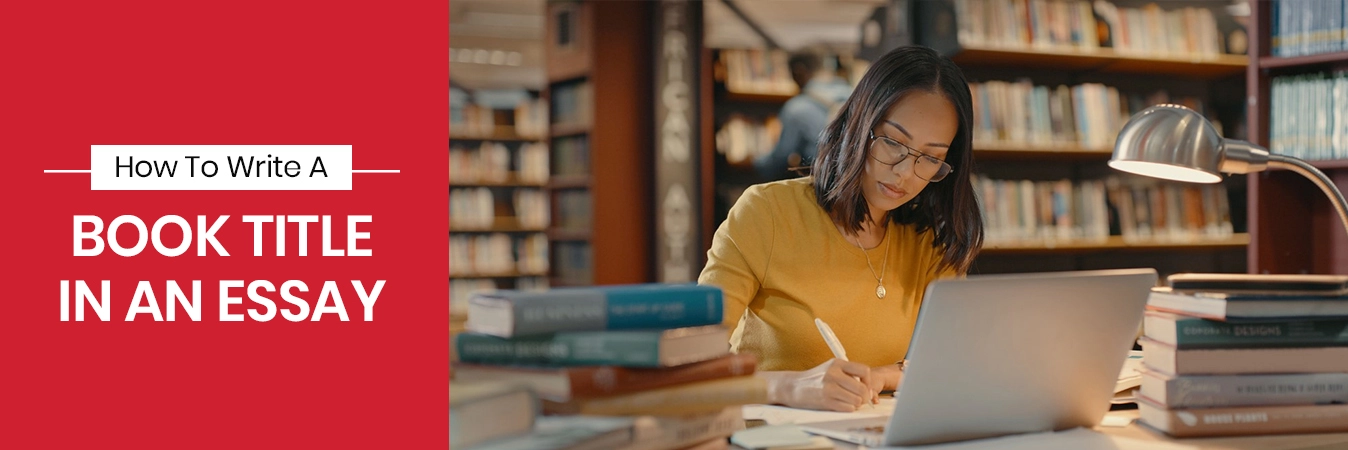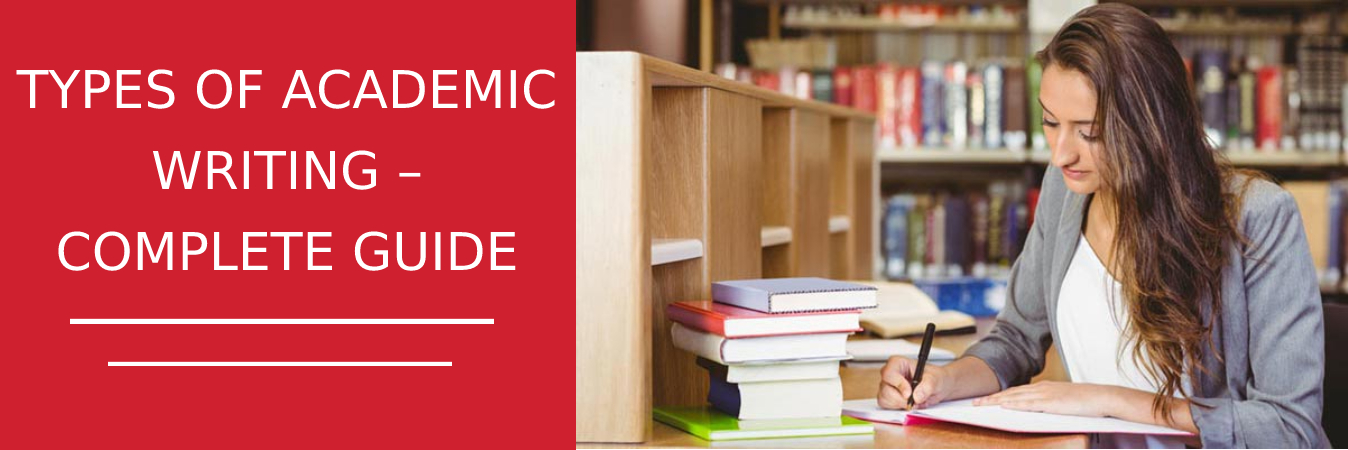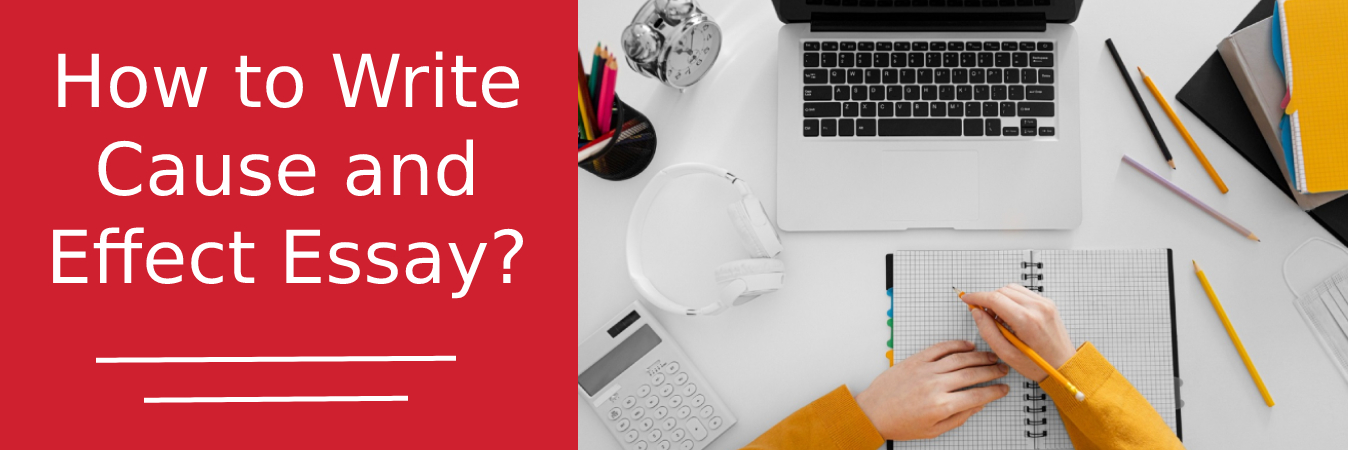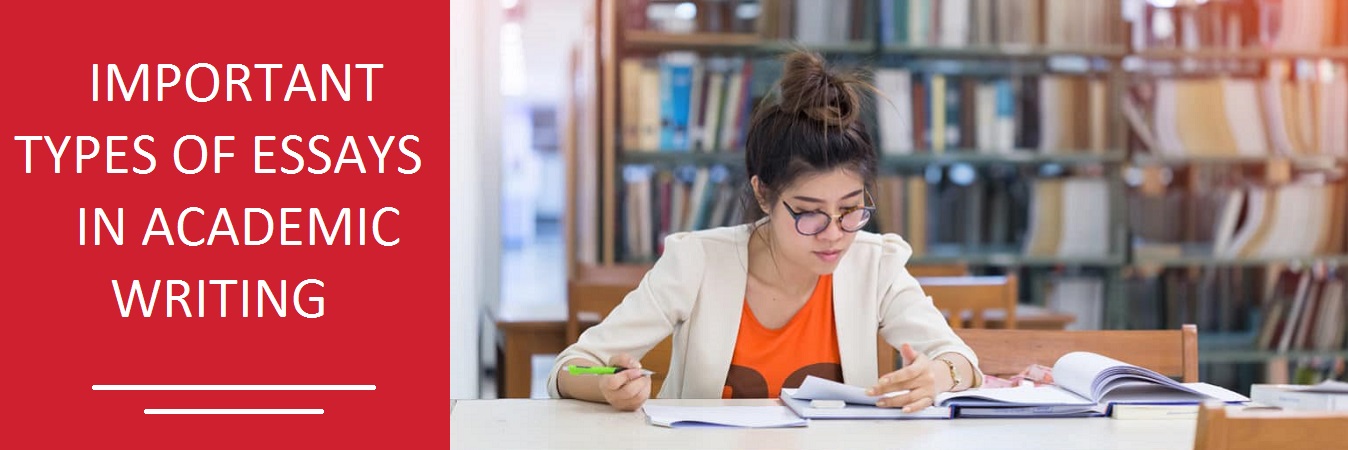
How to Write a Book Title in an Essay
In academic writing, proper citation and formatting are crucial aspects that contribute to the credibility and professionalism of the work. When writing an essay, it’s essential to acknowledge the sources used to avoid plagiarism and give credit to the original author. Book titles are one of the sources that require proper citation in an essay, and the format can vary depending on the citation style used. In this blog, we will discuss how to write a book title in an essay, including the rules and guidelines to follow when formatting the title.
Formatting Basics
Proper citation and formatting are essential elements of academic writing. Depending on the discipline or subject area, there are different styles of citation and formatting that writers must adhere to, such as MLA, APA, and Chicago. When it comes to citing book titles in an essay, it’s important to know the general rules for formatting in each style.
For MLA, the general rule is to italicize the book title. However, if the book is part of an anthology or collection, it should be in quotation marks instead. For example, “The Great Gatsby” is italicized, but “The Norton Anthology of American Literature” is in quotation marks.
In APA style, book titles should be in sentence case (i.e., only the first word and proper nouns capitalized) and italicized. For example, “The Catcher in the Rye” would be formatted as such in an APA-style essay.
Chicago style, on the other hand, uses a mixture of italicization and quotation marks. Book titles are italicized, while titles of chapters or articles within a book or anthology are in quotation marks. For example, “The Hobbit” would be italicized in Chicago style, while “Riddles in the Dark,” a chapter within the book, would be in quotation marks.
By following these general formatting rules for each style, Professional essay writers in USA can ensure that their essays are properly cited and formatted.
Tips for Proper Citation and Formatting
Proper citation and formatting are crucial components of academic writing. In addition to demonstrating your knowledge of the subject matter, they show that you have taken the time and care to present your work in a professional and polished manner. Here are some tips for ensuring that your book titles are correctly cited and formatted in your essays.
- Be Consistent: One of the most important things to keep in mind is consistency. Choose a citation style and stick to it throughout your essay. This will help ensure that your work looks polished and professional, and will also make it easier for readers to follow your arguments.
- Pay Attention to Details: It is important to pay close attention to details when formatting book titles in essays like you do when you Buy as essay online. For example, you need to know whether to italicize, use quotation marks, or underline the book title, depending on the citation style you are using. Ignoring these small details can detract from the overall quality of your work.
- Use Correct Capitalization: Book titles should always be capitalized correctly. This means that the first letter of the first word and all subsequent words, except for prepositions, articles, and conjunctions, should be capitalized. Make sure to check the spelling of the book title, as well as the names of the author and publisher, to ensure accuracy.
- Check for Special Characters: Some book titles may contain special characters, such as foreign words or symbols. Make sure to research the proper formatting for these characters in your chosen citation style.
- Proofread And Double-Check: Before submitting your essay, make sure to proofread and double-check your work for accuracy. This includes checking for correct citation and formatting of book titles, as well as ensuring that all other aspects of your work are error-free or you can just Buy essay cheap online.
By following these tips, you can ensure that your book titles are properly cited and formatted in your essays, helping to enhance the overall quality and professionalism of your work.
FAQs
How to Write a Book Title in an Essay MLA
To write a book title in an essay using mla style, you should italicize the title and capitalize the first letter of each word in the title, except for articles, prepositions, and conjunctions. For example, “the catcher in the rye” would be italicized in the essay.
How to Write a Book Title in an Essay APA
In APA style, book titles are also italicized. However, unlike MLA style, only the first letter of the first word of the title and subtitle (if present) are capitalized. For example: The catcher in the rye.
How to Properly Write a Book Title in an Essay
The proper way to write a book title in an essay depends on the citation style being used, but in general, book titles should either be italicized or placed in quotation marks. It is important to be consistent with the formatting throughout the essay. Additionally, the specific formatting may vary depending on the type of book (e.g. novel, anthology, nonfiction work) and whether or not it contains special characters or words.
How to Write Title of a Book in an Essay
The title of a book in an essay should be formatted depending on the citation style being used, such as MLA, APA, or Chicago. Generally, the title should be italicized or placed in quotation marks, and the specific rules for formatting will depend on the citation style being used.
How to you refer a book title in an essay
To refer a book title in an essay, you should follow the specific citation and formatting guidelines of the style guide being used (such as MLA, APA, or Chicago). Generally, book titles are either italicized or enclosed in quotation marks, depending on the style guide and the type of book being referenced. It’s important to be consistent and accurate in formatting book titles in academic writing.
Save up to 25% Off on your First Order.
We have experienced and industry specific writers available for your support.
We have a special team to deal with urgent orders.
Our writers always do your order from scratch, so there is no chance of plagiarism.






